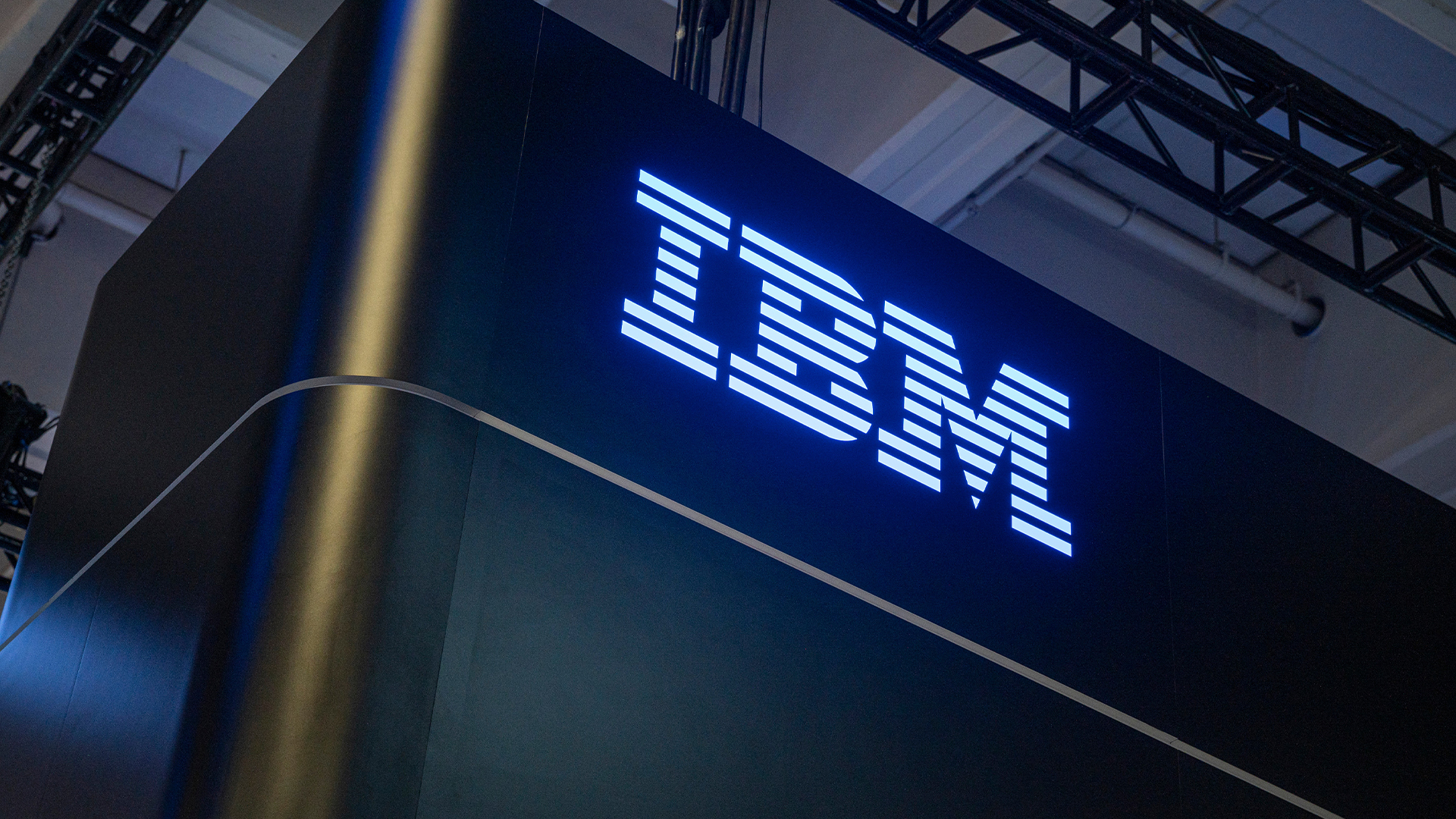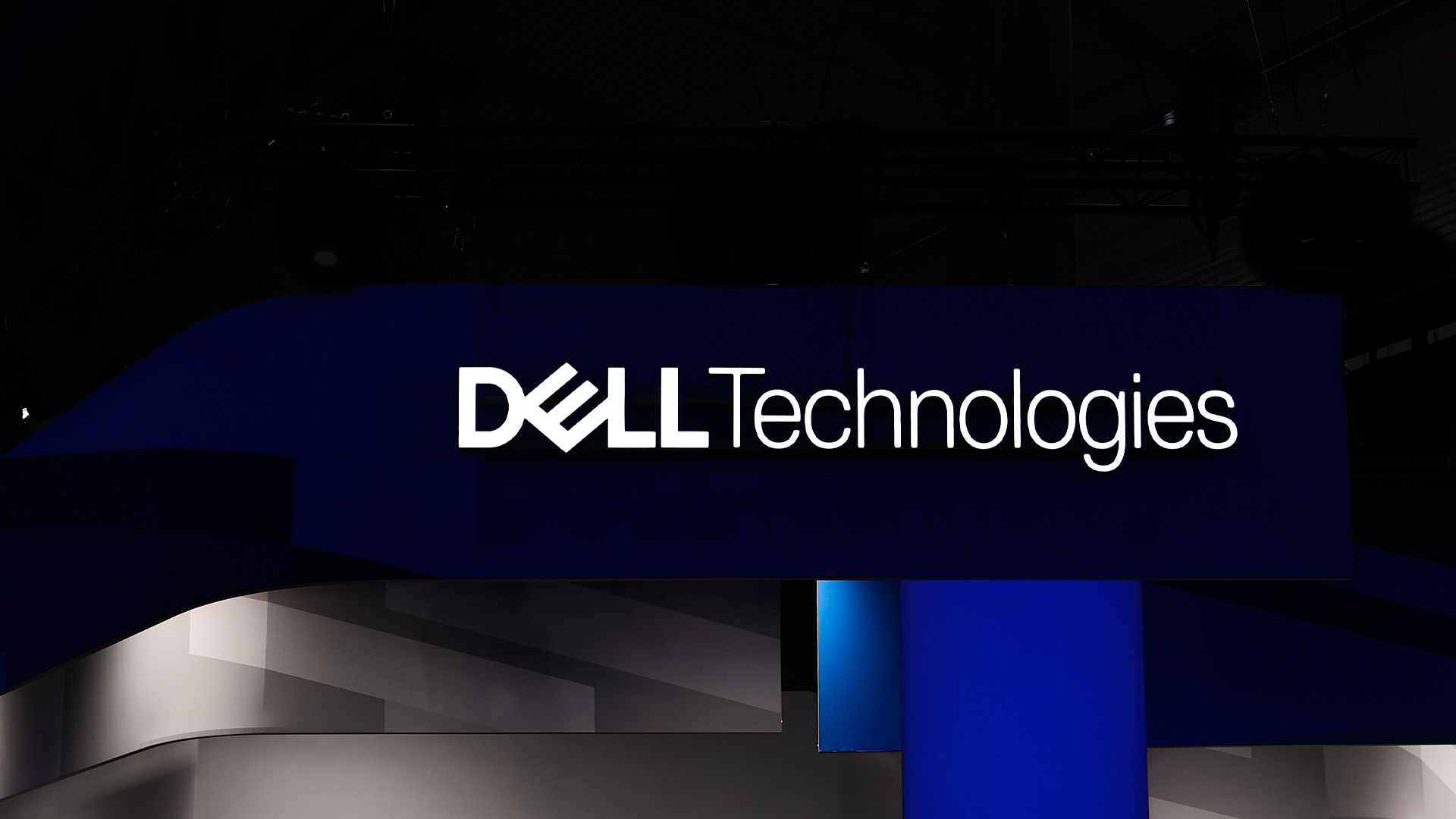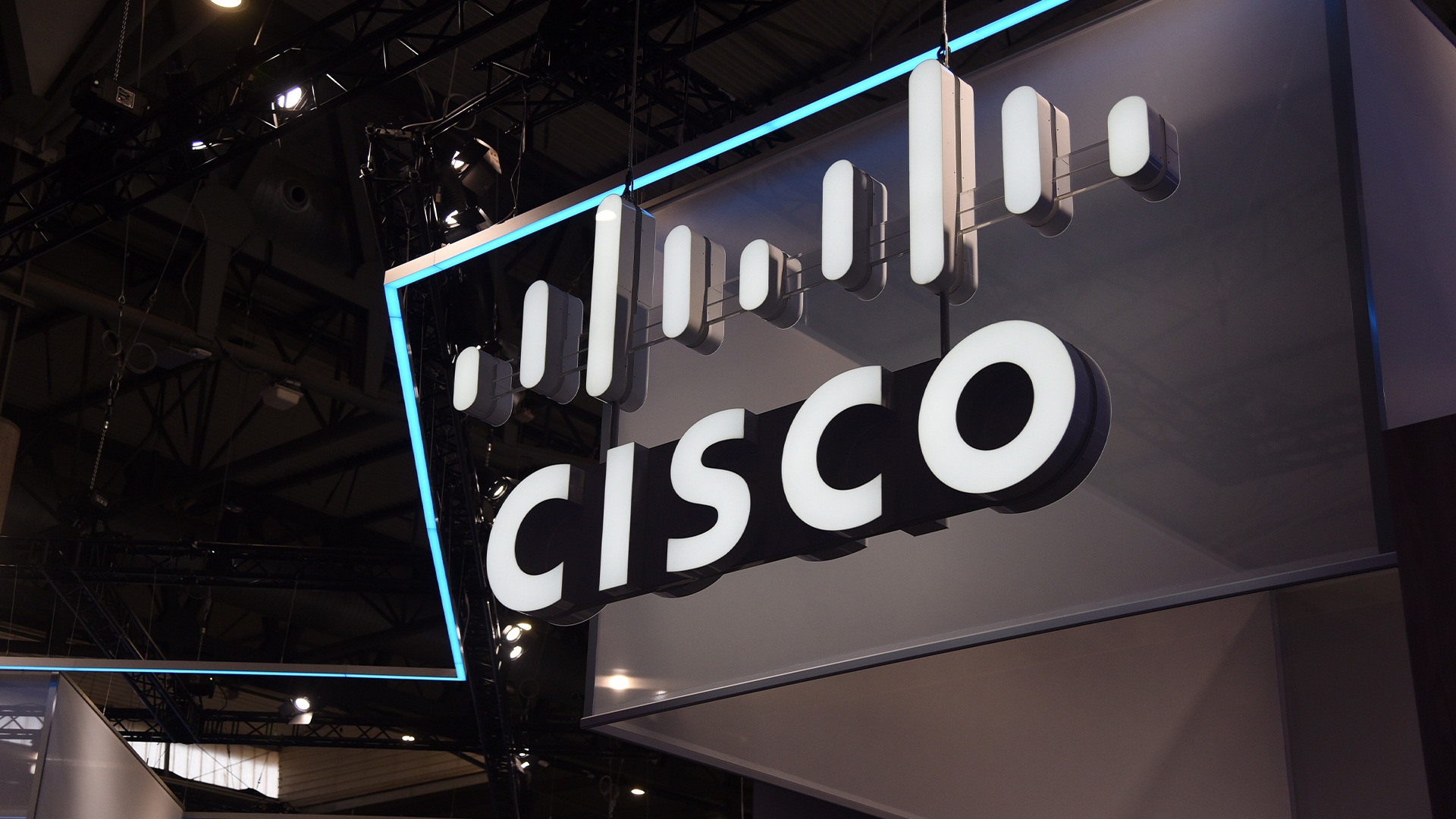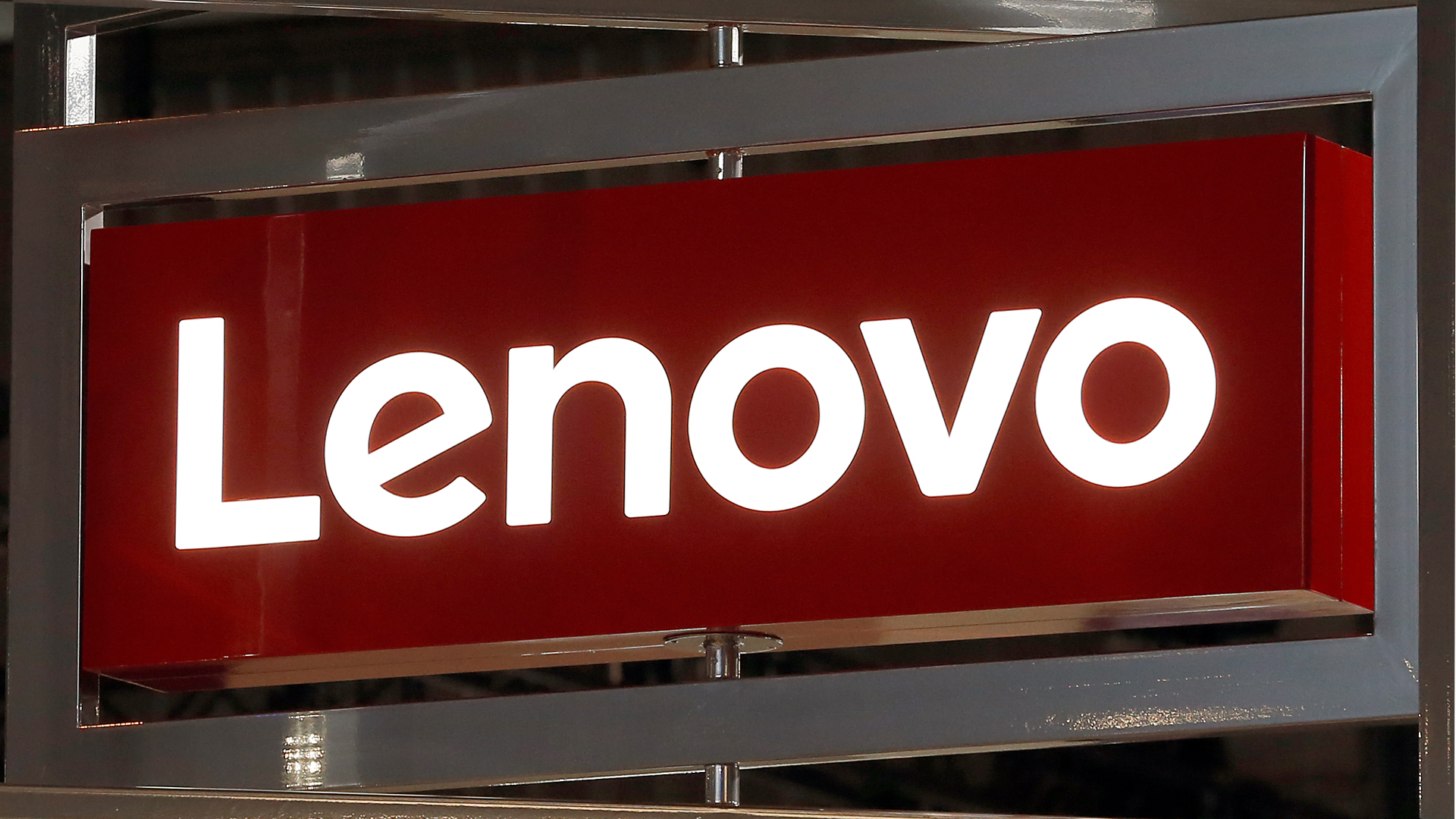Windows Server flaw sparks emergency US gov warning
All government agencies had four days to patch their systems against a CVSS 10-rated elevation of privilege flaw


The discovery of a critical flaw in Windows Server that could allow a hacker to infiltrate an organisation’s network spurred US cyber security authorities to order all US agencies to patch their systems within four days.
The rare US Cybersecurity and Infrastructure Security Agency (CISA) directive, issued on 18 September, urged US government agencies to immediately patch the vulnerability tagged CVE-2020-1472 and rated 10.0 on the CVSS scale of severity.
The bug, dubbed ‘Zerologon’, is a critical flaw in Windows Server that allows attackers to compromise an Active Directory domain controller and grant themselves administration privileges, according to security firm Secura.
The flaw lies in Microsoft Windows Netlogon Remote Protocol (MS-NRPC), a core authentication component of Active Directory, and would only demand that an attacker has the power to set up TCP connections with a vulnerable domain controller. They wouldn’t require any domain credentials, and the vulnerability can be exploited to completely compromise all Active Directory identity services.
“By simply sending a number of Netlogon messages in which various fields are filled with zeroes, an attacker can change the computer password of the domain controller that is stored in the AD,” the Secura research said. “This can then be used to obtain domain admin credentials and then restore the original DC password.
“This attack has a huge impact: it basically allows any attacker on the local network (such as a malicious insider or someone who simply plugged in a device to an on-premise network port) to completely compromise the Windows domain. The attack is completely unauthenticated: the attacker does not need any user credentials.”
The vulnerability was patched on 11 August, and applying the update is the best mitigation against the attack. Its severity, however, has sparked CISA into ordering US government agencies to update their systems by 21 September over fears they’re being sluggish in that process.
Sign up today and you will receive a free copy of our Future Focus 2025 report - the leading guidance on AI, cybersecurity and other IT challenges as per 700+ senior executives
RELATED RESOURCE

The definitive guide for choosing the right application delivery controller
Key considerations for an ADC
The patch that fixes Zerologon also implements additional measures that force domain-joined machines to use previously optional security features as part of the Netlogon remote protocol.
Although the patch blocks most steps as part of the exploit mechanism, Windows will log warning events when, for example, devices exist in the domain. Administrators can also activate an “enforcement mode” which mandates Secure NRPC for all devices.
A forthcoming patch in February next year aims to activate Secure NRPC by default, which may lead to some incompatibility issues with third-party devices and software. Administrators will then be required to update, decommission or whitelist devices that do not support Secure NRPC beforehand.

Keumars Afifi-Sabet is a writer and editor that specialises in public sector, cyber security, and cloud computing. He first joined ITPro as a staff writer in April 2018 and eventually became its Features Editor. Although a regular contributor to other tech sites in the past, these days you will find Keumars on LiveScience, where he runs its Technology section.
-
 Trump's AI executive order could leave US in a 'regulatory vacuum'
Trump's AI executive order could leave US in a 'regulatory vacuum'News Citing a "patchwork of 50 different regulatory regimes" and "ideological bias", President Trump wants rules to be set at a federal level
-
 TPUs: Google's home advantage
TPUs: Google's home advantageITPro Podcast How does TPU v7 stack up against Nvidia's latest chips – and can Google scale AI using only its own supply?
-
 Security experts claim the CVE Program isn’t up to scratch anymore — inaccurate scores and lengthy delays mean the system needs updated
Security experts claim the CVE Program isn’t up to scratch anymore — inaccurate scores and lengthy delays mean the system needs updatedNews CVE data is vital in combating emerging threats, yet inaccurate ratings and lengthy wait times are placing enterprises at risk
-
 IBM AIX users urged to patch immediately as researchers sound alarm on critical flaws
IBM AIX users urged to patch immediately as researchers sound alarm on critical flawsNews Network administrators should patch the four IBM AIX flaws as soon as possible
-
 Critical Dell Storage Manager flaws could let hackers access sensitive data – patch now
Critical Dell Storage Manager flaws could let hackers access sensitive data – patch nowNews A trio of flaws in Dell Storage Manager has prompted a customer alert
-
 Cisco ASA customers urged to take immediate action as NCSC, CISA issue critical vulnerability warnings
Cisco ASA customers urged to take immediate action as NCSC, CISA issue critical vulnerability warningsNews Cisco customers are urged to upgrade and secure systems immediately
-
 Flaw in Lenovo’s customer service AI chatbot could let hackers run malicious code, breach networks
Flaw in Lenovo’s customer service AI chatbot could let hackers run malicious code, breach networksNews Hackers abusing the Lenovo flaw could inject malicious code with just a single prompt
-
 Industry welcomes the NCSC’s new Vulnerability Research Initiative – but does it go far enough?
Industry welcomes the NCSC’s new Vulnerability Research Initiative – but does it go far enough?News The cybersecurity agency will work with external researchers to uncover potential security holes in hardware and software
-
 Edge devices are now your weakest link: VPNs, firewalls, and routers were the leading source of initial compromise in 30% of incidents last year – here’s why
Edge devices are now your weakest link: VPNs, firewalls, and routers were the leading source of initial compromise in 30% of incidents last year – here’s whyNews Compromised network edge devices have rapidly emerged as one of the biggest attack points for small and medium businesses.
-
 Hackers are targeting Ivanti VPN users again – here’s what you need to know
Hackers are targeting Ivanti VPN users again – here’s what you need to knowNews Ivanti has re-patched a security flaw in its Connect Secure VPN appliances that's been exploited by a China-linked espionage group since at least the middle of March.